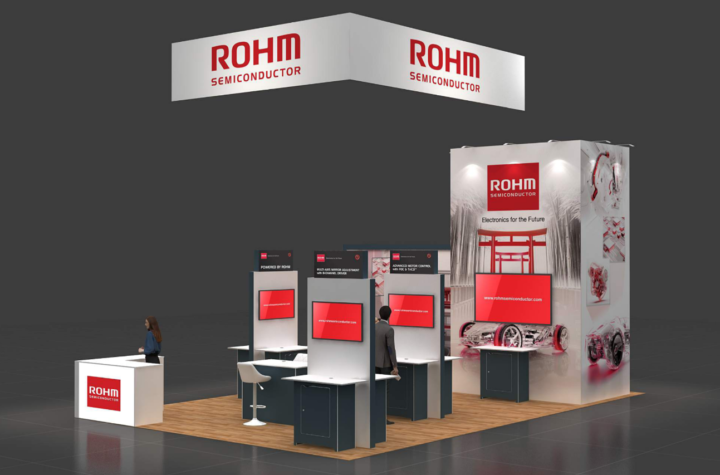
Supplier bankruptcies sadly made headlines for a number of prominent Tier 1 systems integrators over the past year including Intermet Corporation, Oxford Automotive Inc., Citation Corp. and most recently Tower Automotive. Additionally, several large suppliers are rumored to be on the brink of filing Chapter 11 bankruptcy. While financial challenges facing these large suppliers has been widely reported by the trade press, the terrible financial performance and dire situation facing hundreds of privately held lower tier suppliers has been largely unreported. One might wonder why is the financial health of lower tier suppliers even worth discussing given the monumental problems facing their behemoth Tier 1 customers, not to mention the OEMs. The answer to this question relates to two key supply chain conditions – the fragility of the overall Tier 2-5 automotive supply chain because of weak overall financial condition, compounded by the situation that over 50 percent of the value of an automobile is provided by these small mostly privately held suppliers. The automotive industry is rapidly approaching (or has already passed) a point that without a widespread transformational restructuring of the lower tier supply chain, the Big 3 faces a near-term train wreck. This calamity will be characterized by substantial production interruptions as OEMs, integrators and parts makers’ struggle to manage multiple chaos events caused by a rash of concurrent bankruptcies and supplier liquidations. I characterized the required changes as transformational because of the substantial magnitude of complex and interrelated issues facing these suppliers. Diagram 1 presents these issues including: These conditions will usher in a year with a rapidly growing number of supplier liquidations and bankruptcies. Not only will suppliers with substantial debts loads face turbulent times, but so too will some high performing suppliers enjoying strong business models, solid profitability and comparatively low overall debt loads. The dynamics work this way. Healthy Supplier A is a $20 million niche product specialist earning a strong $1.5 million net income (7.5 percent of sales). The company has a small credit line with a regional bank and manages trade payables at a comfortable 45 days. Healthy Supplier A has a nicely diversified customer based with approximately 80 percent of revenues earned evenly from four large customers. Integrator Customer A experiences financial difficulty and declares chapter 11 bankruptcy. Its $1.7 million payable owed to Healthy Supplier A becomes uncollectible, at least in the short-term. This results in a $1.7 million write-off of the receivable, a reduction in owner’s equity of the same amount, and a corresponding decline in line of credit available since the credit line is collateralized by accounts receivable. Over night Healthy Supplier A has a weaker equity position and less borrowing power.

As time progresses Healthy Supplier A learns that one of his best and long standing outside processors has decided to close the business through an orderly liquidation. The work performed by Key Supplier A is systematically transferred to New Sub-supplier A with the full approval and support of all of Healthy Supplier A’s customers. This resourcing action precipitates a quality problem receiving significant attention from Healthy Supplier A’s customers. A level two containment action is placed in effect and additional permanent checks are required by various customers to insure part quality. The cost for the containment sorting, expedited freight, scrap and other related costs exceeds $300,000 on related sales of $1.2 million. This unplanned cost becomes the straw that breaks the camels back and Healthy Supplier A enters into voluntary liquidation – largely driven by two special cause issues beyond Healthy Supplier A’s control.
This was just one example among thousands that reflects the tight linkages in the supply chain and how bad things can happen to even strong and high performing suppliers. Lower performing suppliers with substantial debt burden are even more susceptible to enterprise threatening situations. We foresee 2005 as a year when many strong and weak suppliers alike either liquidate their businesses or are forced in bankruptcy.
Customers that have chosen progressive supply chain management practices that nourish and nurture best-in-class supply chains, effectively monitor supplier operations and financial performance, and have financial, human and operational resources available to effectively deal with inevitable short-term supplier problems will be well reward in this environment for their wisdom and investment in their supply chain.
Two thousand and five is shaping up as a difficult year for the Big 3-based supply chain, top to bottom. Suppliers with strong supply chains and effective supplier monitoring practices will benefit handsomely from this competitive advantage.





More Stories
Tools for Efficient Brake Maintenance
What Makes an Indian Motorcycle Stand Out from the Competition?
Why a Toyota MR2 for Sale is the Perfect Sports Car Choice